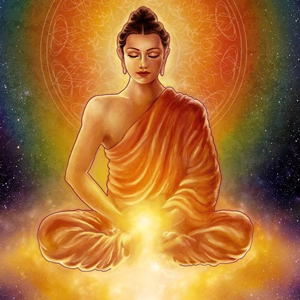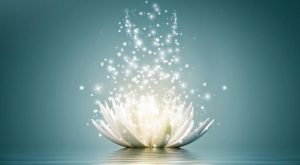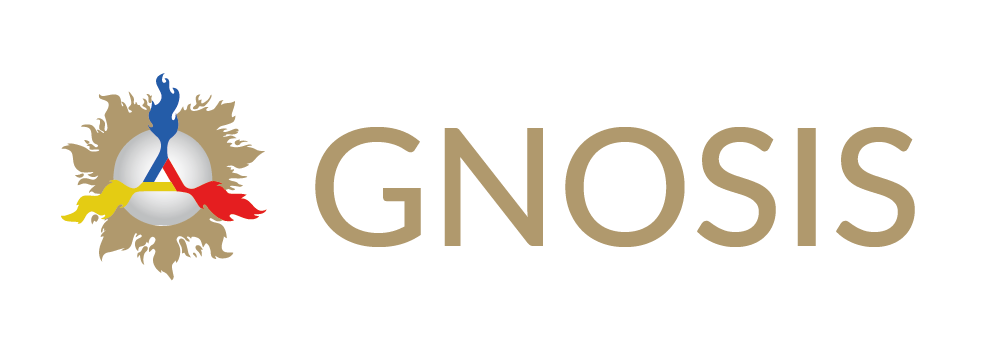
Elemental Magic of Nature – The Mastery of Inner Nature
12 May, 2020
Scientific research on Meditation
17 May, 2020Meditation is a path to the light
What is meditation? What is it for? Why would we want to learn such a practice? What are we looking for with it? Where do we want to go when we meditate? What state of consciousness do we aspire to when we meditate? Here we are going to discover why meditation is a path to the light.
Let us close our eyes and reflect on each question. In the beautiful book ‘Igneous Rose’ by Samael Aun Weor, the master is clear about self mastery and how meditation helps us in this process.
“You have to gain full control of yourself,” he concludes.
Meditating is not thinking. It is to leave the intellect aside and seek silence. In this silence we find ourselves with our soul, we unite with our inner Being. We find with what we really are, without concepts, without distortions and distractions of the mind. That is why meditating is a path towards the light, towards our Being.
The mind and the personality cause us to have a distorted perception of ourselves. And here is where we deceive ourselves, thinking that this illusion is reality. This makes us victims of the systems, which become a veil that keeps us away from our inner reality and from seeing what that really is.
The inferior intellect makes us see the world and ourselves in a way that is not real. We think many things about ourselves, we often think that we are better or worse, wise or stupid. We always fall into an eternal dualism, where thesis and antithesis are always in conflict. Meditation is a way of transcending that dualistic state of mind, and takes us to experience Samadhi, a state of consciousness that allows us to feel the real and intuit the truth behind every mystery.

Meditation brings us countless benefits. It brings us the feeling of fulfilment, of union with God, of inner peace, of happiness. As Venerable Master Samael Aun Weor emphasizes in the same work mentioned above: “Meditation is the esoteric discipline of the Gnostics.”
Meditation also gives us a better understanding of everything around us. Once again, this Master guides us with his wisdom on the subject: “A master of the Samadhi enters into all planes of consciousness. With the Eye of Dagma, he seeks all the secrets of the Wisdom of fire.” In addition, meditation helps us develop a greater sensitivity towards life, making our hearts more sensitive and intuitive. We have clearer and more lucid dreams, as well as more control over our mental and emotional states.
Only with daily and tireless practice, day after day we can see the benefits of meditation. Remaining in the field of theories, reading countless books about meditation will not lead us anywhere. We will only have information. What leads us to experience and have effective checks on our body and mind is PRACTICE.
But how to meditate?
Meditation is a “state of consciousness”. To achieve this, we can use various techniques or practices. Some through the help of mantras or chants, but all meditation techniques are summarized in fundamental stages, which we must achieve to be successful in this science. These are the following:
 Asana
Asana
Posture of the physical body. There are different postures for the exercise of meditation, for example:
-Five-pointed star position (lying down with arms and legs open). -Dead man position (lying in dorsal decubitus with the heels together and the hands alongside the body or on the waist).– Lotus position (sitting down with the legs folded over each other
– Semi lotus position (sitting down with the legs folded).
Siddhasana pose or perfect pose (which consists of having the thumb and the index finger touching in a magnetic circle, resting the back of the hand on the knee).
Vajrasana pose or diamond pose (just like the Incas and the Japanese sit, with the hands resting on the thighs and the trunk of the body resting on the heels in a kneeling position).
– Egyptian posture, the easiest for Westerners (sitting in a comfortable chair or armchair, making 90° right angles at the knees and elbows, and hands resting on the legs).
The important thing, regardless of which “Asana” or posture adopted, is to keep the spine straight.
Pratyara
To make the mind blank, abstraction of the senses. Withdraw the mind from the senses to give a step towards Consciousness. Keep your attention fixed on one point, for example your heart, or just feel the instant, here and now. And calmly observe the thoughts that pass through the mind, without identifying yourself with them (not letting any thought catch our attention). Let them pass like birds in the sky while we remain with our attention fixed on the same point. (Suggestion: Imagine yourself, feel like a great rock or a mountain, fixed, immovable, immutable, eternal; while the thoughts are like birds, the wind, time, ages pass, but we still remain there, motionless). Then the mind relaxes and the thoughts gradually run out. And we begin to perceive the impermanence and the dual nature of thoughts and soon we transcend this strigle of opposites.
Dharana
Concentration, which means fixing the mind on one point or thing. For example, in the heartbeat, in the breath, in a mantra, in a chant, in some part of the body (the most recommended options, for the fastest results, are the heart and the pineal gland, which is found in the upper and central part of the head).
Dhyana
Meditation, which means reflecting on the substantial content of the thing you are focusing on. Reflection is the use of the “awareness” or “attention” as a cognitive capacity, and not of “reasoning”, which is what we are used to. Therefore, for this reflection to be perfect, it must occur in the absence of thought  (through the previous steps). Meditation is a “State of Consciousness”, a “State” of “Passive Mind” and “Consciousness” or “Active” “Attention”. In this state, Consciousness has the ability to know or apprehend in any direction.
(through the previous steps). Meditation is a “State of Consciousness”, a “State” of “Passive Mind” and “Consciousness” or “Active” “Attention”. In this state, Consciousness has the ability to know or apprehend in any direction.
Samadhi
This is ecstasy, a deep state of meditation. In such a state, the Essence momentarily escapes from the Ego and the Consciousness dissolves like a drop within the Great Ocean of Life. Free yourself and feel one with the object of concentration, or in deeper levels (because there are levels and levels of Samadhi) with the Universe itself and the Creator.
To learn more about these topics, register for our free online courses.




